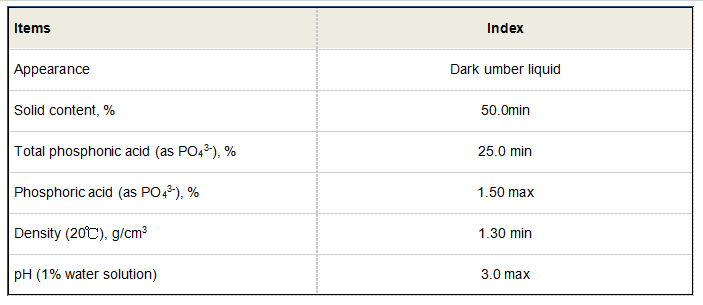chloromethyl isothiazolinone
Chloromethyl Isothiazolinone An Overview of Properties, Uses, and Safety
Chloromethyl isothiazolinone (CMIT) is a biocide widely recognized for its effectiveness in preserving various products across multiple industries. It is particularly known for its antimicrobial properties, which make it a valuable additive in formulations of personal care, paint, coatings, and industrial products. Understanding CMIT involves looking at its chemical structure, applications, and the safety protocols that govern its use.
Chemical Composition and Properties
Chloromethyl isothiazolinone is part of a group of isothiazolinone compounds, which are characterized by a five-membered ring structure containing sulfur and nitrogen. CMIT is a colorless to slightly yellow liquid with a distinctive odor. It is soluble in water and various organic solvents, making it highly versatile for a range of formulations. The molecular formula for CMIT is C4H4ClN3OS, which signifies the presence of chlorine, nitrogen, sulfur, and carbon – elements that contribute to its potent antimicrobial activity.
The mechanism by which CMIT exerts its effects includes disrupting cellular functions in microorganisms. It interacts with enzymes and protein synthesis systems within bacterial cells, effectively inhibiting growth and replication. This mode of action renders it highly effective against a variety of bacteria, fungi, and algae. Given these properties, CMIT has become a preferred choice for controlling microbial contamination in various settings.
Applications
The applications of chloromethyl isothiazolinone are extensive, spanning several industries. In personal care, it is often included in cosmetic products such as creams, lotions, and shampoos. Here, it serves as a preservative to prevent the growth of harmful microorganisms, thereby extending the shelf life and ensuring safety for consumers. It is also commonly found in household and industrial cleaning products, where its antimicrobial properties help maintain hygiene.
In the coatings and paints industry, CMIT is employed to prevent microbial growth during production and throughout the product’s lifespan. It is used in water-based coatings, adhesives, and sealants, where microbial contamination can compromise product quality and durability.
chloromethyl isothiazolinone

Moreover, CMIT is utilized in the formulation of industrial products such as metalworking fluids and paper products, where it controls bacteria and fungi that could otherwise lead to spoilage or alteration in product performance. Its versatility ensures that it remains a critical component in numerous manufacturing processes.
Safety and Regulatory Considerations
While chloromethyl isothiazolinone is effective, its safety profile is a significant consideration. Due to its potent biocidal properties, there are potential health risks associated with CMIT exposure. Skin irritation and allergic reactions have been documented, particularly after prolonged exposure. Consequently, regulatory bodies, including the Environmental Protection Agency (EPA) and the European Chemicals Agency (ECHA), have established guidelines for its safe use.
In the European Union, CMIT is regulated under the Biocidal Products Regulation (BPR). Manufacturers are required to conduct safety assessments and label products containing CMIT appropriately. These regulations ensure that the concentration levels of CMIT are kept within safe limits and that consumers are informed of any possible risks associated with its use.
Furthermore, ongoing research continues to evaluate the ecological impact of CMIT, particularly its persistence in the environment and effects on aquatic organisms. Such studies are essential for shaping future regulations and promoting the development of safer alternatives.
Conclusion
Chloromethyl isothiazolinone is a powerful tool in the fight against microbial contamination across various industries, but its use is coupled with significant safety considerations. While its properties make it an effective preservative, awareness of its potential risks ensures that it is used responsibly. As the demand for effective, yet safe, biocides continues to grow, ongoing research and regulatory scrutiny will play a crucial role in balancing efficacy with safety in the realm of chemical additives. By ensuring that these substances are managed correctly, we can harness their benefits while minimizing potential harm to human health and the environment.
-
Water Treatment with Flocculant Water TreatmentNewsJun.12,2025
-
Polymaleic AnhydrideNewsJun.12,2025
-
Polyaspartic AcidNewsJun.12,2025
-
Enhance Industrial Processes with IsothiazolinonesNewsJun.12,2025
-
Enhance Industrial Processes with PBTCA SolutionsNewsJun.12,2025
-
Dodecyldimethylbenzylammonium Chloride SolutionsNewsJun.12,2025





